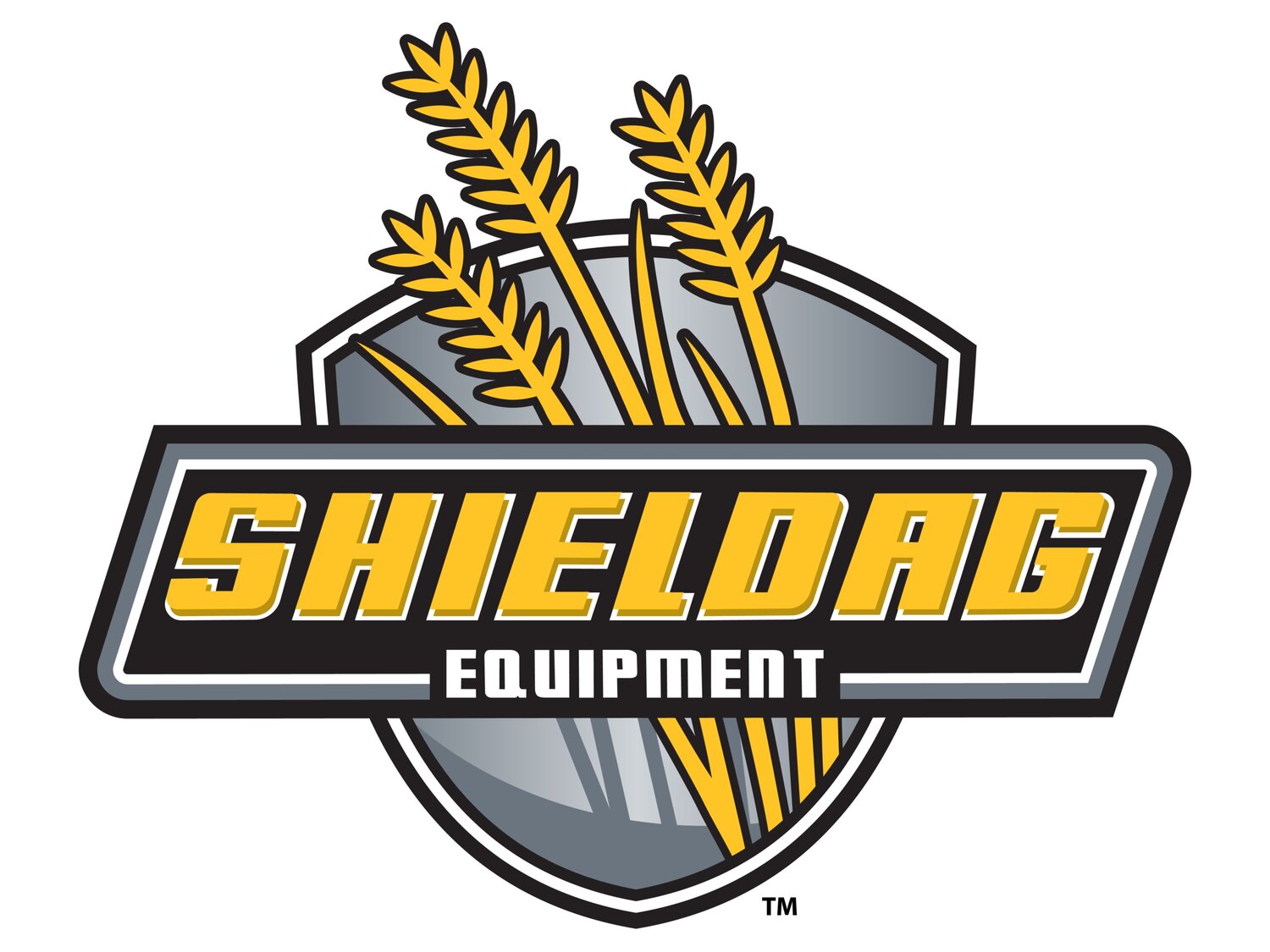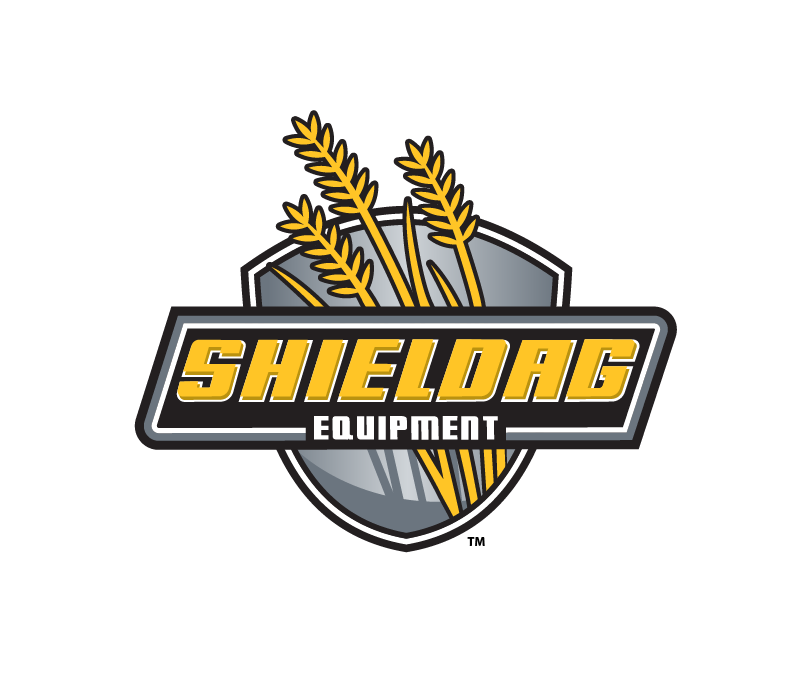3 Tips To Maximize Your Wheat Harvest
In farming, your work is never truly done. We all know when you finish planting one crop, it’s probably about time to harvest another. It’s essential to know the best way to approach each planting and harvest season to ensure maximum efficiency, yield, and profitability.
In late Spring/early Summer, farmers will begin their wheat harvest. With that in mind, here are three tips to maximize your wheat harvest.
PAY ATTENTION TO TEST WEIGHT
Test weight refers to the moisture content of your wheat kernels. Wheat harvest should occur when the wheat has a test weight between 20% and 14%. In addition, you should aim to harvest your wheat before it gets dry or at least before it gets dry and rewetted.
NOTE: the amount of rain is irrelevant in regards to rewetting. The number of rewetting events will have a much more significant effect on test weight.
Each time the kernel goes through the dry/wet/dry cycle, air pockets form inside. This makes the kernel larger and degrades the test weight.
OPTIMIZE YOUR COMBINE SETTINGS
As you prepare for your wheat harvest, you have to make sure your combine is ready. Just 17 kernels on the ground in one place equates to about a bushel of lost wheat per acre! That makes paying close attention to your combine settings vital to a successful wheat harvest. There are several adjustments to perform to ensure the best results.
COMBINE HEADER
Based on the height of your wheat, adjust the header to maximize the wheat you harvest and minimize the straw. Ideally, you want to leave 8 to 12 inches of wheat stubble to retain soil moisture. You may have to adjust several times as the height of the wheat in your field changes.
ROTOR OR CYLINDER SPEED
For peak threshing efficiency and as little damage as possible, set your rotor or cylinder to the minimum level. Low speed will do less damage to the wheat as the grain separates from the straw.
CLEANING SHOE
Consisting of the chaffer and the cleaning sieve, the cleaning shoe should not be too narrow or too wide. Check your owner’s manual for manufacturer’s settings but keep in mind that, generally, higher volumes of grain require a wider sieve setting.
FAN
Fan settings have to be spot on. Set the fan too low, and the wheat won’t make it through the chaffer and drop through. Set it to high, and the lighter wheat will blow out of the shoe completely.
When finding the perfect fan speed, try setting the speed too high, then lowering it as needed.
Once you have your combine settings where you want them, it’s time to harvest. After harvest is complete, using the ShieldAg Belt Conveyer (link to product page) is the most efficient method to transfer your grain to the drying bin.
USE BIN DRYING WISELY
Continuous flow dryers can make drying your grain easier with the correct settings. However, if you’re putting higher test weight grain in a bin without a continuous flow system, you have to be careful not to overfill. Wheat has a high air resistance, so it takes a substantial amount of air to move through and dry it.
If you have questions or concerns regarding your wheat harvest or any agricultural equipment needs, contact us at (800)798-1968 or check out our dealer map (add a link when ready) to find an authorized ShieldAg dealer near you today!

